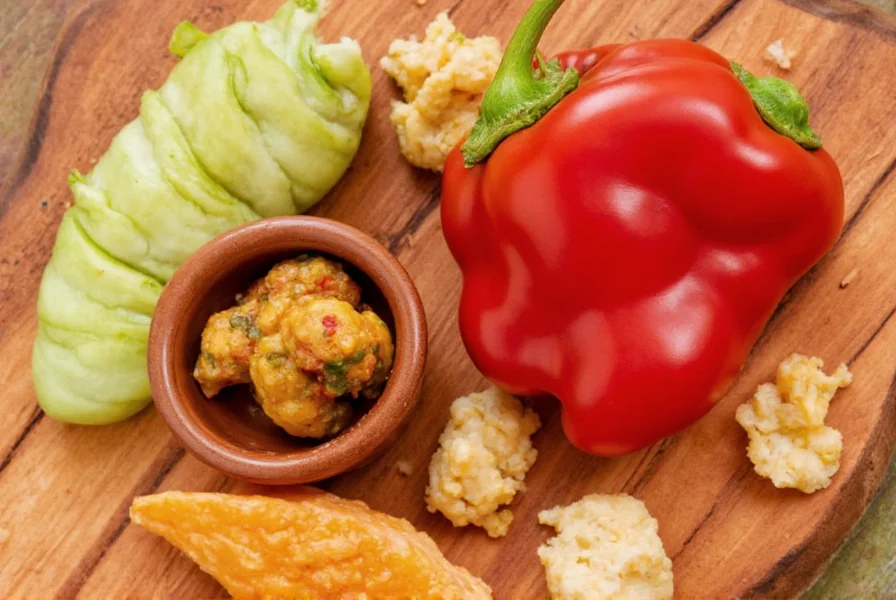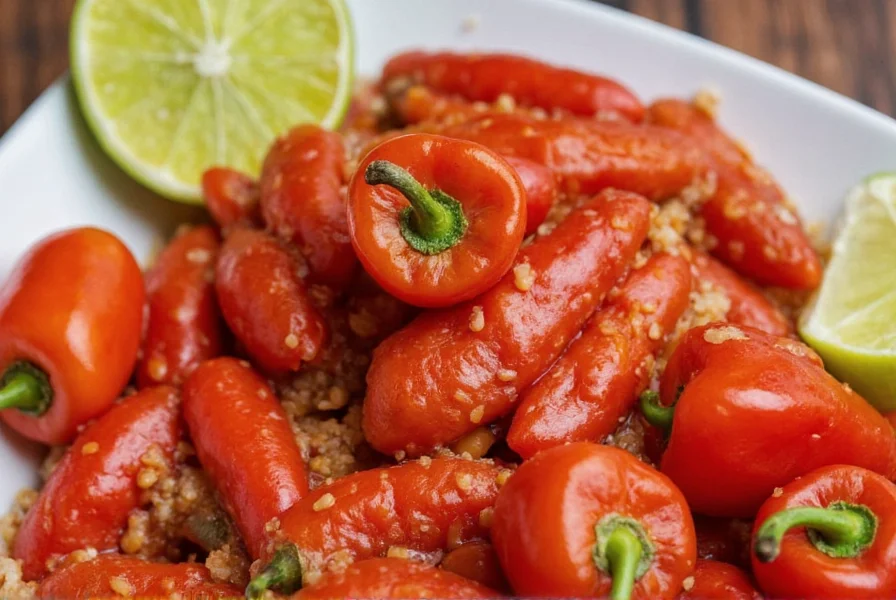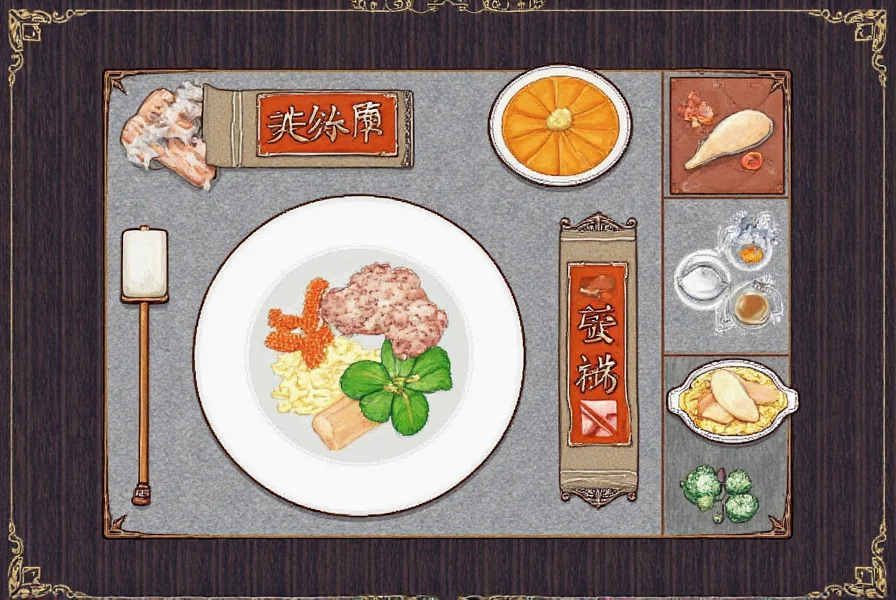New Mexico Chili: From Mild to Wild – Your Ultimate Guide to Flavor and Fire!
When it comes to iconic chilies, few regions can match the legacy of New Mexico. Known for its distinct varieties that range from sweetly smoky to fiery hot, the New Mexico chili is more than just a spice—it’s a cultural staple. Whether you’re grilling up a traditional green chili stew or experimenting with dried red pods in sauces, this guide will walk you through everything you need to know about one of America's most beloved peppers.
Table of Contents
- A Brief History of New Mexico Chili
- The Many Faces of New Mexico Chili
- Flavor Profiles and Heat Levels
- Top 5 Cooking Tips for Using New Mexico Chili
- Buying Guide: How to Choose the Best New Mexico Chili
- Culinary Uses and Creative Recipes
- Final Thoughts on Embracing the Heat
A Brief History of New Mexico Chili
The story of the New Mexico chili begins centuries ago with Native American tribes who cultivated these fiery fruits long before European settlers arrived. The Pueblo people were among the first to grow and use chilies in their cooking, laying the foundation for what would become a regional identity rooted in spice.

Today, New Mexico is home to dozens of cultivars bred specifically for local conditions and taste preferences. In fact, the state even has an official chili—'Hatch'—named after the small town where some of the best-known peppers are grown. Hatch chilies have gained near-mythic status in culinary circles, prized for their unmatched flavor and seasonality.
The Many Faces of New Mexico Chili
New Mexico chilies come in various forms: fresh green, dried red, powdered, flaked, and even canned. Here's a breakdown of the major types:
| Type | Description | Best For |
|---|---|---|
| Fresh Green Chilies | Harvested early; crisp, grassy, slightly bitter | Roasting, stews, salsas |
| Dried Red Chilies | Matured and sun-dried; rich, earthy, smoky | Chili powders, sauces, moles |
| Ground Chili Powder | Blends vary by region; often includes spices like cumin | Tamales, enchiladas, seasoning rubs |
| Canned Chilies | Convenient but milder flavor | Quick meals, soups, casseroles |

Flavor Profiles and Heat Levels
New Mexico chilies aren’t just spicy—they offer a symphony of flavors. From the tangy brightness of a fresh green to the deep, almost chocolate-like notes of a sun-dried red, each variety tells its own story.
Here’s a handy comparison chart of popular New Mexico chili varieties and their Scoville Heat Units (SHU):
| Variety | Heat Level (SHU) | Flavor Notes |
|---|---|---|
| Hatch Green | 2,500–8,000 | Smoky, vegetal, tangy |
| Hatch Red | 3,500–10,000 | Sweet, earthy, full-bodied |
| Ancho (dried poblano) | 1,000–2,000 | Chocolatey, fruity, mild |
| Pasilla | 1,000–2,500 | Berry-like, raisin sweetness |

Top 5 Cooking Tips for Using New Mexico Chili
- Roast It Up: Fresh green chilies benefit greatly from roasting. Simply place them directly over a flame until blistered, then peel, seed, and chop for maximum flavor.
- Don’t Skip the Toast: When using dried chilies in sauces or moles, briefly toast them in a dry pan to awaken their aromatic oils.
- Balance the Heat: Pair chilies with creamy elements like sour cream, avocado, or cheese to tame the fire and add complexity.
- Use Liquids Wisely: When rehydrating dried chilies, use broth or citrus juice instead of water for a flavor boost.
- Experiment with Blends: Combine different chili types for a layered flavor profile—like mixing Hatch green with pasilla for depth and subtle heat.

Buying Guide: How to Choose the Best New Mexico Chili
Whether you're shopping at a farmers’ market or browsing online, knowing what to look for makes all the difference. Here's your go-to checklist:
Fresh Green Chilies
- Look: Glossy skin, firm texture, vibrant green color.
- Avoid: Soft spots, shriveled appearance, brown blemishes.
- Storage: Refrigerate in a paper bag for up to 5 days.
Dried Red Chilies
- Look: Deep red color, intact skins, slight flexibility (not brittle).
- Avoid: Excessively cracked skin or faded color.
- Storage: Store in an airtight container away from light for up to 6 months.
Chili Powder & Ground Spices
- Look: Rich color, strong aroma, no clumping.
- Avoid: Faded color or stale smell.
- Storage: Keep in a cool, dark cupboard for up to 1 year.

Culinary Uses and Creative Recipes
New Mexico chilies shine in both traditional and inventive dishes. Here are some favorite ways to put them to work:
- Green Chile Stew: A hearty blend of roasted Hatch chilies, potatoes, pork, and spices simmered together—a must-try for comfort food lovers.
- Red Chile Sauce: A staple in New Mexican kitchens, made from pureed dried red chilies, garlic, vinegar, and spices. Perfect for enchiladas or breakfast burritos.
- Chili Rellenos: Stuffed and battered poblano peppers filled with cheese, meat, or vegetables—ideal for showcasing fresh green chilies.
- Chili-Infused Oils: Infuse olive oil with dried crushed chilies for a quick way to add heat to salads, breads, or marinades.
- Spicy Desserts: Believe it or not, dried red chilies can elevate chocolate desserts. Try adding a pinch to mole brownies or chili-laced hot cocoa!

Final Thoughts on Embracing the Heat
The New Mexico chili isn't just about heat—it's about heritage, craftsmanship, and flavor that lingers long after the last bite. Whether you're savoring a plate of green chili cheeseburgers or blending your own homemade chili powder mix, there's something undeniably special about these peppers.
So next time you see those glossy green pods at the market or spot a jar of Hatch-labeled chili powder on the shelf, don’t hesitate. Grab them, roast them, and make them part of your kitchen repertoire. After all, life’s too short for bland food—and New Mexico chilies are here to turn up the heat, quite literally.












 浙公网安备
33010002000092号
浙公网安备
33010002000092号 浙B2-20120091-4
浙B2-20120091-4